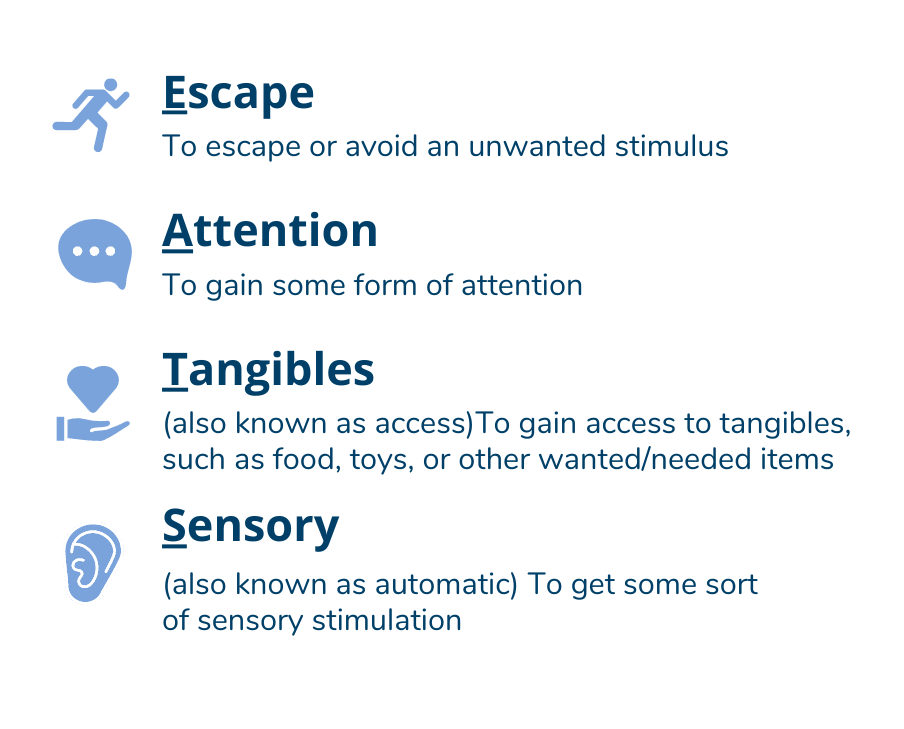Understanding and Guiding Children’s Behaviour: A Practical Approach
Raising children is a journey filled with joy, wonder, and sometimes, significant challenges. Understanding and managing children’s behaviour can often feel like navigating a complex maze. But what if you had a roadmap, a set of practical tools, and a supportive framework to guide you through this process? Effective behaviour management begins with understanding why children behave the way they do. This involves moving past surface-level observations to delve into the underlying causes and functions of behaviour. Consider the “ABCs” of behaviour: Antecedents (what happens before), Behaviour (the observable action), and Consequences (what happens after). By analysing these components, we can uncover the triggers and reinforcers that influence a child’s behaviour. Is the behaviour seeking attention, escaping an unwanted task, obtaining a tangible item, or fulfilling a sensory need? Understanding these functions is crucial for developing targeted interventions. Recognizing the impact of a child’s developmental stage, temperament, and emotional well-being is also paramount. Children’s behaviours vary depending on their age and developmental milestones. What is considered “challenging” at one stage could be perfectly normal at another. Understanding these nuances helps us to set realistic expectations and provide age-appropriate support.

The shift towards proactive strategies is essential in effective behaviour management. Positive Behaviour Support (PBS) emphasizes prevention, teaching, and reinforcement as the cornerstones of creating positive environments for children. Positive reinforcement, the process of adding something desirable after a behaviour to increase its likelihood, is a powerful tool. This can include specific praise, attention, tangible rewards, or access to preferred activities. Establishing clear expectations and rules, presented positively and reinforced consistently, also plays a vital role. Creating predictable and structured environments with consistent routines and visual supports helps to minimize uncertainty and anxiety, which often trigger challenging behaviours. Teaching replacement behaviours—identifying alternative actions that meet the same underlying need as the undesirable behaviour—empowers children to make positive choices.

Armed with a deeper understanding of the principles of behaviour management, we need practical strategies for everyday interactions. Effective praise and encouragement, when specific and genuine, can be powerful motivators. Utilizing visual aids like schedules, timers, and picture cards can support understanding, reduce anxiety, and promote independence. Offering children choices whenever possible can foster a sense of control and empowerment, minimizing feelings of powerlessness which can trigger difficult behaviours. Redirection and distraction, used strategically, can help to manage situations, particularly for young children, and defuse potentially challenging moments. Active listening and empathy, skills that involve paying close attention to the child’s feelings, make them feel heard and valued. Social stories, personalized narratives that explain social situations, are also an effective tool for teaching social skills. And finally, simple play therapy techniques allow children a way to express themselves and make sense of their world.

Even with proactive strategies in place, challenging behaviours will inevitably occur. When faced with tantrums, aggression, or non-compliance, the goal should be de-escalation and effective intervention. Remaining calm, using non-verbal communication to convey support, and reducing demands can all help to defuse a situation. Planned ignoring of low-level, attention-seeking behaviours can be effective when used strategically and consistently. Time-out procedures, when used appropriately and with respect, can also provide a space for children to regulate their emotions and regain control. Collaboration with professionals—teachers, therapists, and other specialists—is crucial for creating a unified support system for children. Recognizing when a child needs additional help from a mental health professional and seeking such support is a vital part of caregiving. And, perhaps most importantly, caregivers must remember to prioritize their own well-being. Self-care strategies are not selfish; they are essential for effectively supporting children.

Effective behavior management is not a short-term solution but a long-term commitment. Developing personalized behavior management plans, setting realistic goals, and ensuring consistency across all environments are crucial for success. It also means collecting data regularly to monitor progress, make necessary adjustments and not being afraid to try new approaches when needed. Troubleshooting common challenges, such as a lack of progress, inconsistent implementation, or escalating behaviors, is an inevitable part of the process. When faced with setbacks, it is important to focus on long-term goals and emphasize skill-building, self-regulation, and creating a supportive environment. Finally, remember to celebrate small wins, because behavior management takes patience, persistence, and a deep commitment to supporting children towards positive futures.

The information provided in this article is a starting point. To delve deeper into these strategies and gain the skills necessary to implement them effectively, consider exploring comprehensive training.
For further information about a course on behaviour management, and how you can utilise these strategies effectively, visit kutambua.com or https://kutambua.com/course/behaviour-management-in-children/. You’ll find resources and support to empower you on this important journey of guiding children towards a brighter future.




